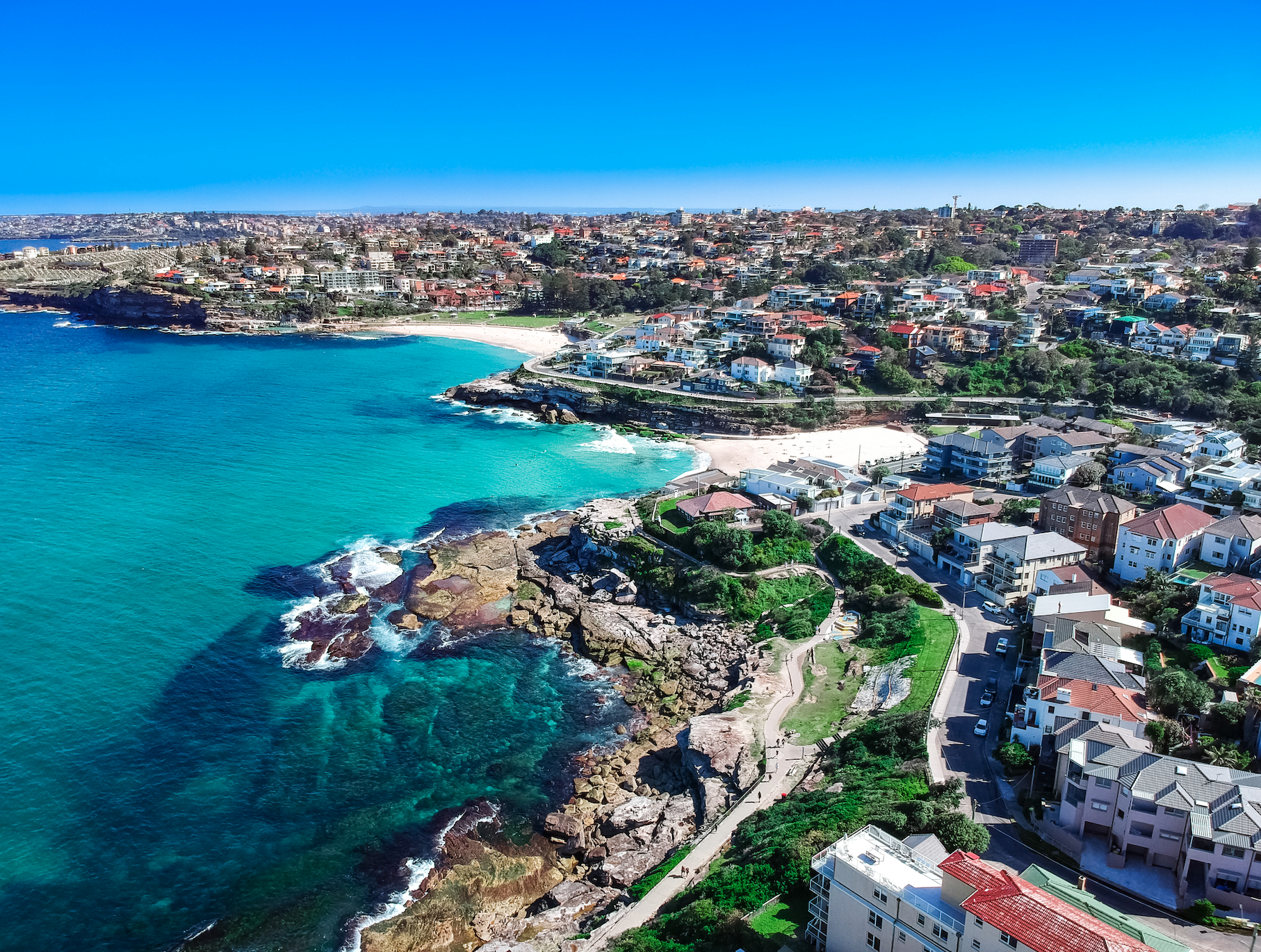Waverley Council’s commitment to helping the community achieve net zero carbon emissions by 2035 was strengthened this week after Council voted to adopt an updated Waverley Development Control Plan (DCP).
December 9, 2022
The Waverley DCP 2022 contains detailed planning and design guidelines for a range of development types and land uses which complement the development standards contained in the Waverley Local Environmental Plan (LEP), the Council’s statutory plan which relates to how and where different types of development can occur.
New and revised provisions in the Waverley DCP 2022 will improve:
- Thermal Safety by requiring high-performance glazing for windows and skylights, ceiling fans in all habitable rooms, vegetation for cooling and light-coloured roofs
- Indoor Air Quality by preventing the installation of gas stoves, gas ovens and gas space heating in residential development. This will also enable these developments to reach net zero greenhouse gas emissions.
- Uptake for Electric Vehicles by requiring new certain developments to include EV charging and or supporting power infrastructure
- Transition to Low Emissions living by requiring all homes to include designs for future all electric capacity and power by renewable energy.
- Sustainability performance of office buildings, shops, hotels, aged care and retirement living, by requiring improved energy and water ratings and commitment agreements under the National Built Environment Rating Scheme (NABERS)
- Cooling and shading of neighbourhoods by strengthening protection for existing tree canopy on private land.
- Running costs through ensuring energy efficiency measures that reduce energy demand.
Mayor of Waverley, Paula Masselos, said it was important for Waverley, one of the most densely populated LGAs in Australia, to be encouraging sustainable housing design and development.
“In 2019, Waverley Council declared a State of Climate and Biodiversity Emergency, acknowledging that urgent collaborative action at all levels of government is necessary to protect our environment and community for future generations,” Mayor Masselos said.
“In March 2022, Waverley Council committed to achieve community greenhouse gas emissions of net zero by 2035, which is reflected in the Community Strategic Plan and Environmental Action Plan (2022 -2032), and our new DCP is one of the most effective ways to help achieve this.

“A few months ago, Council consulted with the community on several new sustainability provisions in its updated Waverley Development Control Plan 2022 which provides a blueprint for how our homes can be safer for the environment and our future generations.
“The Waverley community is extremely supportive of actions that ensure sustainable development, reduce emissions in our built environment and reduce our vulnerability to climate change impacts, and we are excited to support this as an innovative and forward-thinking organisation.”
The Waverley DCP 2022 also includes more explicit criteria for when a Social Impact Statement (SIS) would be required including for development where there is a loss of affordable housing. A SIS is a report assessing the social impacts of a DA or Planning Proposal and helps tell us what social impacts matter when it comes to proposed developments, where the impacts will be felt, by whom and how. Such reports should also deal with how impacts will be managed, or, indeed, if they can be managed at all.
Davina Rooney, CEO, Green Building Council of Australia said most buildings standing today will still be operational in 2050, so removing their dependency on fossil fuels will ensure they are future-proofed for a decarbonised world.
“By ensuring new buildings in Waverley’s suburbs can be fully electric and powered by renewables, Waverley Council is helping to put Australia on the path to decarbonisation,” Ms Rooney said.

The Waverley DCP 2022 came into effect on Wednesday 7 December and the Council will be delivering engagement and educational resources on these changes in the new year.
While DCPs have legislative power under the Environmental Planning and Assessment Act, they are guidelines and cannot contradict objectives, or the development standards, set out in LEPs. Council also made a recommendation that further research be conducted to investigate strategies to further reduce the urban heat island effects of residential and commercial buildings.
The Waverley DCP 2022 implements the Council’s Liveable Places Centres Strategy and new Inter-War Building Design Guidelines (being published soon on our website). It also aligns with the Waverley Local Strategic Planning Statement (LSPS) 2020-2036 and LSPS Implementation Planning Proposal (WLEP 2022). It also delivers on the directions outlined in Waverley’s Community Strategic Plan 2022-32 and Environmental Action Plan targets
-ENDS-
Media inquiries: media@waverley.nsw.gov.au or 0416 075 532.

